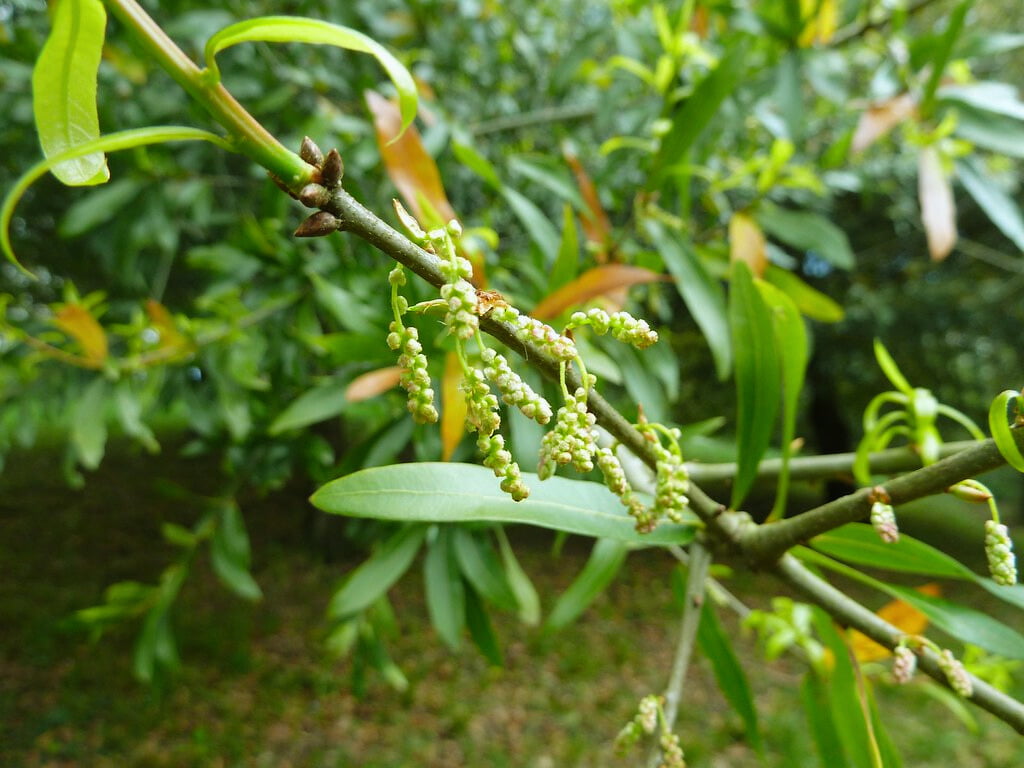
Quercus Laurifolia planting
Quercus Laurifolia, commonly referred to as laurel oak, holds a distinct place in the realm of deciduous trees native to the southeastern United States. Its unique attributes and numerous advantages make it an appealing choice for both amateur gardeners and experienced landscapers.
Leaves and Foliage
At the heart of the laurel oak’s charm lies its foliage. The leaves of Quercus Laurifolia are elongated and glossy green, bearing an uncanny resemblance to laurel leaves, hence its name. These leaves exhibit gently undulating margins, adding an elegant touch to the tree’s overall appearance.
What is Quercus Laurifolia?
Quercus Laurifolia, or laurel oak, is a deciduous tree native to the southeastern United States. It is a member of the oak family (Fagaceae) and is known for its elegant appearance, making it a popular choice for landscaping. Let’s delve deeper into the characteristics and benefits of this remarkable tree.
Size and Growth
When allowed to reach maturity, laurel oaks can attain impressive dimensions. These trees typically stand tall at heights ranging from 40 to 60 feet, with a canopy that extends 30 to 40 feet wide. This substantial size makes them a favored choice for those seeking to create shaded outdoor spaces and enhance their property’s aesthetic appeal.
Bark and Texture
The bark of Quercus Laurifolia evolves intriguingly as the tree ages. Initially, it presents itself as smooth and brown. However, over time, it undergoes a transformation, developing deep furrows and ridges. This textured bark not only adds character to the tree but also offers a unique tactile experience for those who encounter it.
Nut Production
One of the most notable ecological contributions of laurel oak is its role as a prolific producer of acorns. These small, nut-like fruits, measuring approximately 0.5 to 0.8 inches, serve as a vital food source for a variety of wildlife species. Birds, squirrels, and deer are just a few examples of the creatures that benefit from the nutritious acorns provided by this tree.
Cultivating Quercus Laurifolia: A Comprehensive Guide
Selecting the Ideal Location
Choosing the right location for planting Quercus Laurifolia is paramount to its long-term health and growth. These trees flourish in well-drained soil and thrive in areas with ample sunlight, though they can tolerate partial shade. Ensure that the chosen site allows sufficient space for the tree to grow without competition from nearby structures or other trees.
Proper Hole Preparation
When preparing to plant your laurel oak, it’s important to dig a hole that accommodates the tree’s root system effectively. The hole should be approximately twice as wide as the root ball but no deeper. This width allows the roots to spread comfortably while avoiding the risk of root suffocation.
The Planting Process
Carefully remove the laurel oak from its container, taking care not to disturb the roots excessively. Place the tree gently in the center of the prepared hole, ensuring that the top of the root ball is level with the ground surface. Backfill the hole with soil, packing it gently to provide support to the young tree.
Watering and Mulching
After planting, it’s crucial to water the tree thoroughly to help it establish its root system. Additionally, applying a layer of mulch around the base of the tree serves multiple purposes. Mulch helps retain moisture, regulates soil temperature, and suppresses weed growth, all of which contribute to the tree’s well-being.
Ongoing Care and Maintenance
Planting Quercus Laurifolia is just the beginning of your journey. To ensure the health and longevity of your laurel oak, regular watering, especially during dry spells, is essential. Additionally, periodic pruning may be necessary to maintain the tree’s shape and remove any dead or damaged branches.
Making a Positive Environmental Impact
In conclusion, Quercus Laurifolia, or laurel oak, is more than a mere tree; it’s an embodiment of natural beauty and ecological importance. By incorporating laurel oaks into your landscape, you not only enhance the aesthetics of your surroundings but also contribute significantly to wildlife habitat preservation and the environment as a whole.
Frequently Asked Questions (FAQs)
- Is Quercus Laurifolia suitable for urban environments?
- Yes, laurel oak can thrive in urban settings if provided with adequate space to reach its full size.
- How quickly does Quercus Laurifolia grow?
- Laurel oak is considered a moderately fast-growing tree, capable of gaining up to 2 feet in height per year under optimal conditions.
- Are laurel oaks susceptible to pests or diseases?
- While laurel oaks are generally hardy, they can be vulnerable to certain pests and diseases. Regular inspections and proactive care can help mitigate these risks.
- Can I plant laurel oaks close to my home for shade?
- Yes, strategically planting laurel oaks near your house can provide excellent shade, thereby reducing cooling costs during the hot summer months.
- When is the best time to plant Quercus Laurifolia?
- The optimal times for planting laurel oak are early spring or late fall when the tree is dormant, allowing it to establish its root system before the active growing season begins.